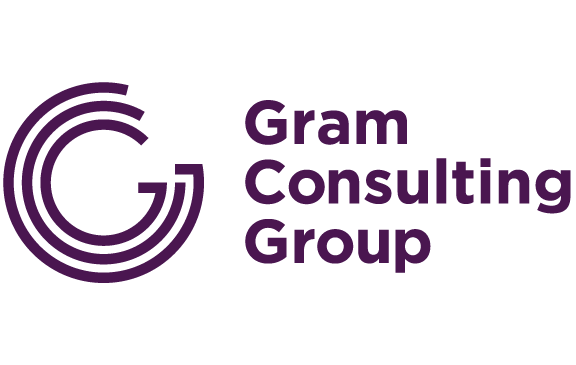
03 Jun Harnessing turnaround executives in your business (Part 2)
How-to turnaround your business: A leaders guide to designing strategies for significant business improvement
A multi-pronged approach to achieving technological advancement can be mapped via identifying IT function and risks, assessing budgets, consulting with departments and in matching your technology strategy to reflect the broader business vision and strategy.
I recommend two core stages as part of this mapping process: 1. defining and analysing, and 2. scoping and strategising. Below is the methodology I adopt when approaching turnaround.
STAGE 1: Define and analyse
Budgets
The first step is to undertake a comprehensive review of your budgets and a considered analysis into how the technology spend has been centralised by your business.
Ask yourself: Are there any duplicates in your software spending; what is Opex versus Capex, and are the financials in a state where they are easily consumable or is significant work required before more accurate analysis is possible? You might discover you need a dedicated finance or procurement person to quickly rebuild the budget so that it can be used for decision making.
You might also ask: If the budget is adequate for what the business is expecting, what is the IT spend as a percentage of revenue and the IT cost per company employee.
Lastly, consider questions: Who are your largest vendors, how many vendors do you have, and how long have you worked with them?
Once you have addressed the above, a thorough financial analysis can be vetted enabling you to:
Reduce or optimise costs so you can re-invest back into the technology area to deliver some of the changes you need to implement.
Find any large looming costs that haven’t been considered such as assets reaching end of life, or large license spends coming up for renewal that haven’t been forecasted.
Develop multiple views of the dollars and resources – this helps you identify issues that may not be obvious on the surface.
The Total Cost of Ownership (TCO) of technology platforms; this is often underestimated and reducing your cost base and increasing efficiencies within a platform such as digital sales, may result in more revenue than increasing the technology spend.
Know your spend according to three strategic categories: run the business, grow the business, and transform the business.
Shadow IT – When IT functions fail, it’s common for the business to stand up shadow IT to meet its needs. Shadow IT is a costly duplication and increases the threats across your cyber landscape.
Consultation is key – Spend time with your teams one-on-one so you can build trust but also understand what the problems are. Dysfunctional project and delivery teams will often tell you exactly what is wrong – they want to improve, and they want to help you help them. Speak with your customers and peers regularly and provide updates where you can also call out to demonstrate value delivered.
STAGE 2: Scope and strategise
Where your technology and business strategies align – There are many questions to address in making sure both strategies are pulling from each other. Firstly, I recommend sourcing any existing technology strategies to see how they have supported the business strategy.
You’re looking for clear links between the business vision, and the outcomes to measure your success upon. You will also need to show the business how any changes will ensure technology is enabled to meet the wider needs and build a roadmap that you will be proud to deliver.
Implementation – This often runs concurrently with the other steps as there are some items that need to kick off from day one. Always link back and list deliverables to the overall objectives. As transformations progress, businesses often forget the “dark old days” so it’s important they remember the heavy lifting that has been done and the achievements made.
Check progress and achievement against delivery plans – Articulate milestones or indicators ahead of time that tell you if the change has stuck or it is momentary. Usually this is supported by new staff roles, training and other frameworks that ensure behaviour and operational changes are going to stay in place well after you leave.
Review and exit – Leadership teams and Boards will want constant review and updates of progress, so this isn’t the last step. Be transparent about what issues remain. Succession planning should have been happening before your departure so ideally you will transition to a new long-term leader who can continue to roll out changes that require time to embed or ways of working that allow the teams to continuously improve.
I too, have had my share of tough learnings and challenges as a Turnaround Executive and CIO across big businesses and small. From finance, banking, insurance and Government, I’ve worked them all, and have learned that no matter which sector you’re working within, unique opportunities will present themselves for the taking if you harness the right frameworks and channel a little more gumption.
Remember my earlier advice that Turnaround Executive position is not a job for the faint-hearted. You need a tough hide as you’ll be confronting at times an antagonistic workforce and an executive team that might gulp at some of your ideas. But at the end, you will have left behind a dramatically reformed company that can move ahead confidently.
Miss part-one of this series? Read it here
By Nicki Doble, Global CIO of Cover-More Group


